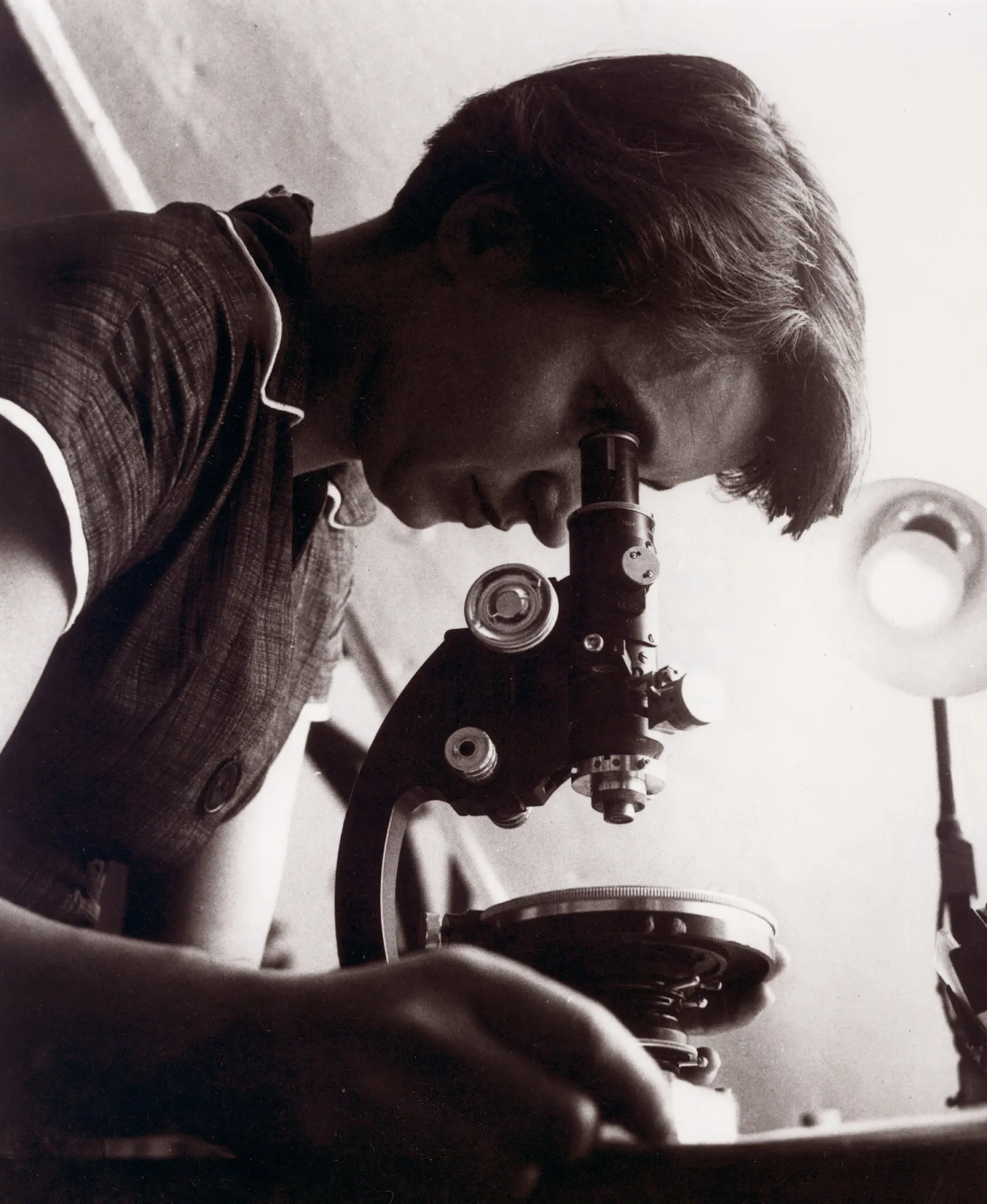Untangling Rosalind Franklin’s Role in DNA Discovery, 70 Years On

Historians have long debated the role that Dr. Franklin played in identifying the double helix. A new opinion essay argues that she was an “equal contributor.” On April 25, 1953, James Watson and Francis Crick published a landmark paper in Nature, proposing the double helix as the long elusive structure of DNA, a discovery that a decade later earned the men the Nobel Prize in Physiology or Medicine. In the final paragraph of the paper, they acknowledged that they had been “stimulated by a knowledge of the general nature of the unpublished experimental results and ideas” of two scientists at King’s College London, Maurice Wilkins and Rosalind Franklin. In the 70 years since, a less flattering story has emerged, thanks in large part to Dr. Watson’s own best-selling book, “The Double Helix.” In the book, he not only wrote disparagingly of Dr. Franklin, whom he called Rosy, but also said that he and Dr. Crick had used her data without her knowledge. “Rosy, of course, did ...

